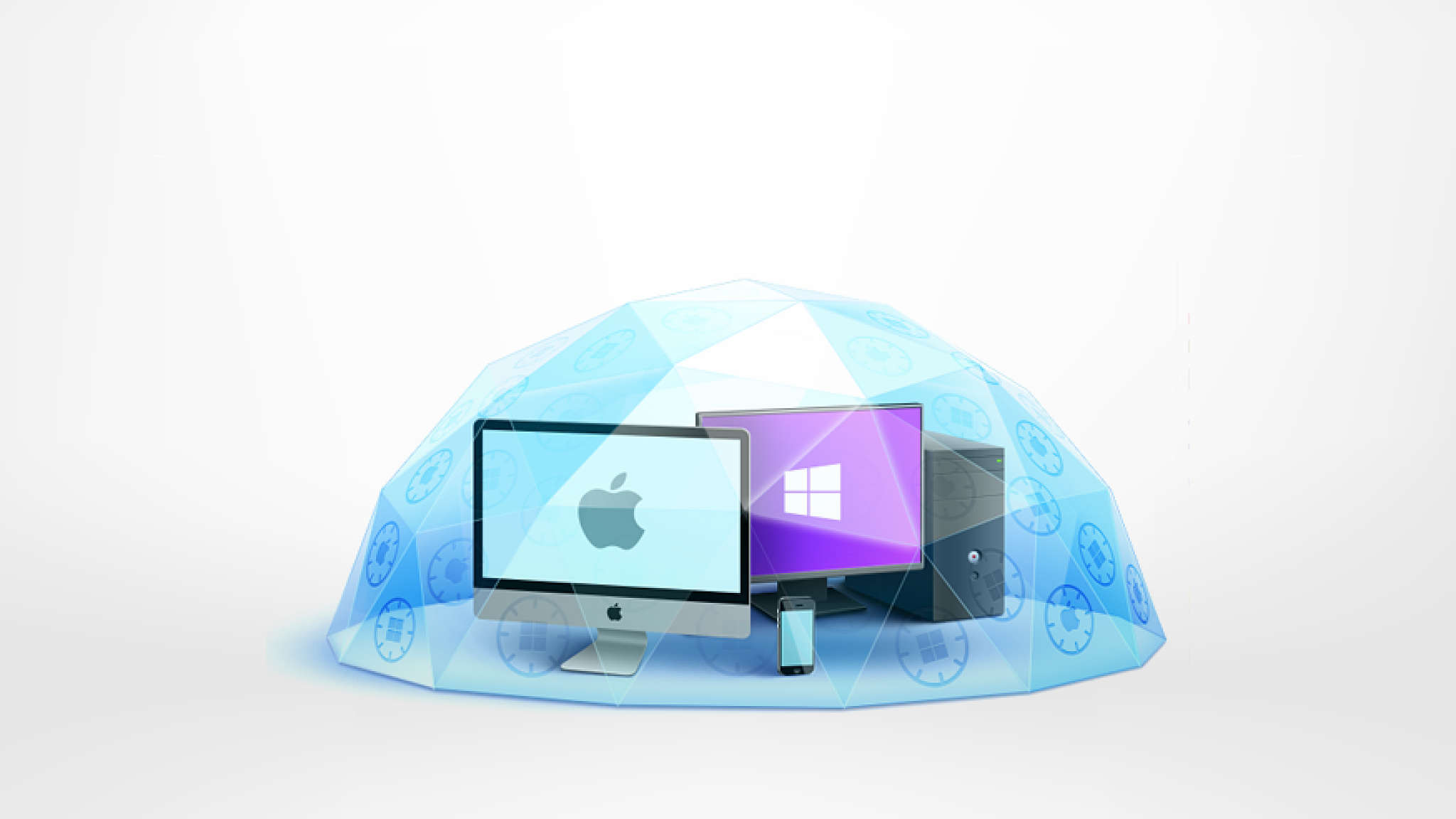
Sophos Central Device Encryption – hard disk encryption with BitLocker and FileVault 2
Sophos really does offer a considerable catalog of products when it comes to protecting a company. With the XG series and the “Synchronized Security” approach, firewall and endpoint came a little closer together last year and now jointly ensure law and order.
However, protecting a system with constant monitoring against viruses, Trojans and other malicious attackers is only one measure to help you sleep better at night. To make your company even more secure, the next step is called “encryption”. But with the new Sophos Central Device Encryption, you only need a few clicks.
In this blog post, we’ll take a very brief look at “Sophos Central Device Encryption”.
How does Central Device Encryption work?
Sophos Central Device Encryption is probably the simplest product in the Sophos Central portfolio. It helps you to enable disk encryption on any desired computer in your network, with just a few clicks, through the central management console “Sophos Central”. If a device containing company data is stolen, you don’t have to worry about sensitive data falling into unauthorized hands.
For hard disk encryption, Sophos uses “BitLocker” for Windows and “FileVault 2” for macOS. Sophos does not come up with its own encryption here, but uses the system’s own encryption of the respective operating system.
Sophos Central Device Encryption is currently only available for Windows (BitLocker). FileVault management on Mac is scheduled by Sophos for early 2017.
You can see how Central Device Encryption works in practice in the following video:
Try Sophos Central Device Encryption now!
If you don’t have a Sophos Central account yet, you can create one on the Sophos website and try all the features, including “Sophos Device Encryption”, for free for 30 days.
If you already have a Sophos Central account and the 30 days trial period has expired, you can order a license for “Sophos Central Device Encryption” in our store:


